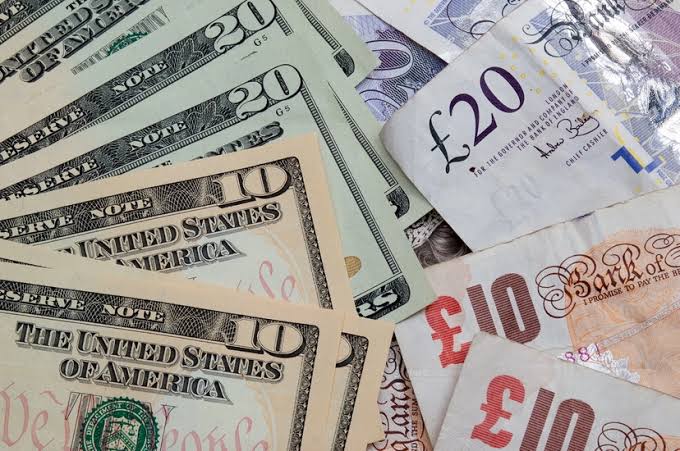VOT Research Desk
To conclude the week not much below, the EURUSD pair rose to 1.0323 on Friday, its highest level since early August.
An upbeat Nonfarm Payrolls data (NFP) from the previous Friday raised the market’s spirits, and investors tepidly bet on a potential Federal Reserve (Fed) pivot.
As a result, the US Dollar started the week on the defensive. The dollar was under pressure for the most of the first part of the week, although speculative activity was highly cautious before the publication of top-tier data.
The Consumer Price Index (CPI) for October was released by the US on Thursday, and the results rocked the financial markets. The annualised rate of CPI growth was 7.7%, significantly less than the previous 8.2% and the anticipated 8%.
Excluding volatile food and energy prices, core inflation decreased to 6.3% YoY. Risk-on flows were sparked by indications that inflation had begun to decline after peaking at a multi-year high of 9.1% in June of this year.
According to the CME Group FedWatch Tool, odds for a 50 bps rate rise are at 85.4%. Stock markets skyrocketed, with the Dow Jones Industrial Average rising by an incredible 1,201 points on Thursday, while the US dollar fell.
A report on the Euro
Market traders paid no attention to what occurred in Europe. The Eurozone Retail Sales in September were higher than expected, increasing by 0.4% MoM but falling by 0.6% from a year earlier.
The final estimate of the October CPI inflation was also released by Germany and confirmed at 10.4% YoY. The soothing news helped the Euro climb further on Friday, taking it closer to the aforementioned multi-month high.
The market’s speculation that Russia could begin peace talks with Ukraine after Moscow abandoned Kherson, which was viewed as a significant retreat, was warmly received by EUR bulls. The surge in the EURUSD on Thursday made more sense than it did on Friday.
However, it may be accounted for by the unwinding of long-term holdings and already overbought Dollar longs. It’s obvious that the market hasn’t finished pricing in a Fed shift, and it would be interesting to know at what point it might happen.
Some intriguing numbers would emerge the following week. The preliminary estimate of the Q3 Gross Domestic Product (GDP), which is forecast to expand by 0.2% on a quarterly basis, will be made public by the Eurozone.
In addition, the US will provide data on October retail sales, while Germany will present results from the November ZEW poll.
EUR/USD Technical Analysis
The EURUSD pair increased by more than 400 pip over the week, marking the first time this year that the weekly chart has turned positive.
The V-shaped recovery predicts a mid-term upward trend while pointing to a probable intermediate bottom at 0.9535. Technical indications for the aforementioned time frame point north vertically and have passed over into positive territory, encouraging a sustained climb.
The pair is trading above its 20 SMA for the first time since March at the same time.
On the chart, technical indicators continue to move in a positive direction close to overbought levels without showing any symptoms of upward fatigue. The shorter one accelerated north behind the longer one as the duo established above their respective 20 and 100 SMAs at the same time.
The 200 SMA offers the highest amount of dynamic resistance, which is now at or near 1.0440. The 1.0180/90 range, where monthly highs once stood, is now crucial.
If the pair manages to maintain above such a price range, the risk will continue to be skewed upward. Beyond the immediate resistance level of 1.0365, the rally may carry on towards the price region of 1.0440.
The price region of 1.0100 was the first level of support, followed by 1.0250 and 1.0190.









